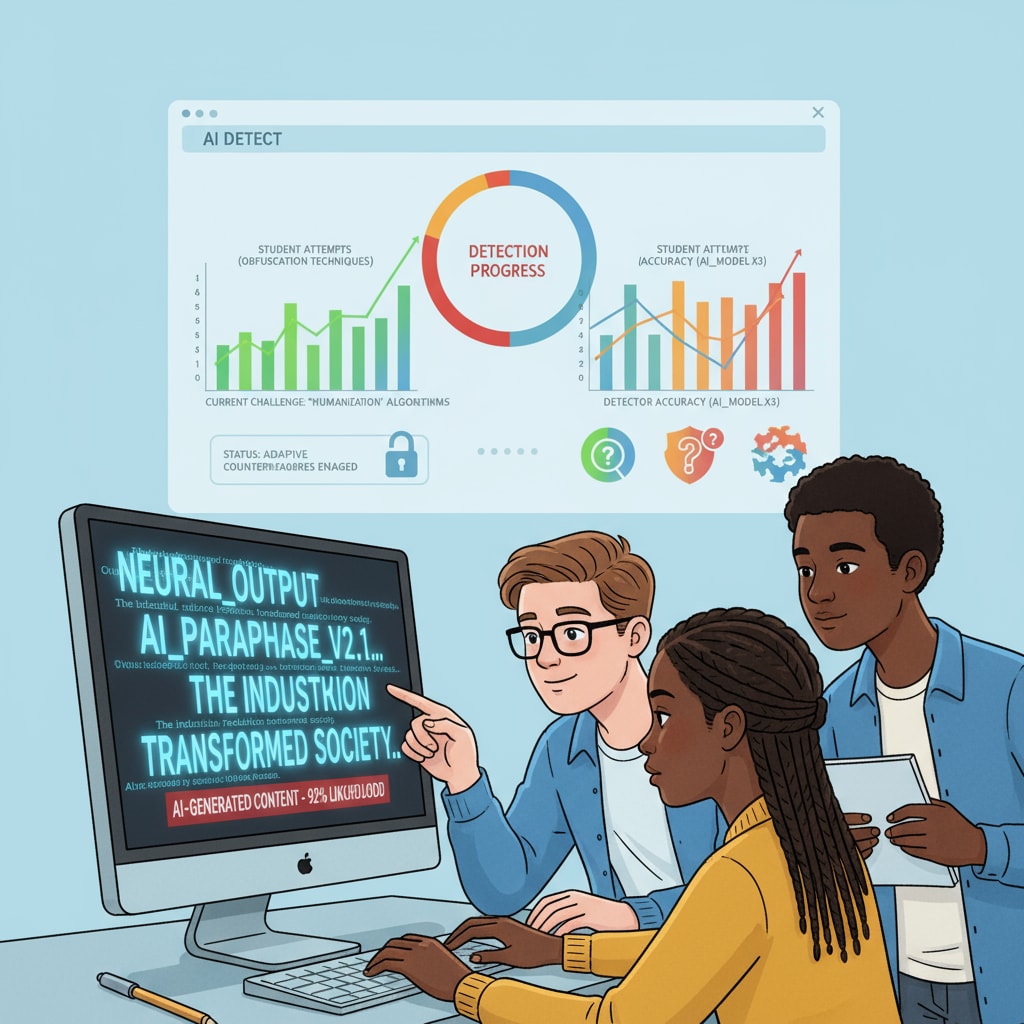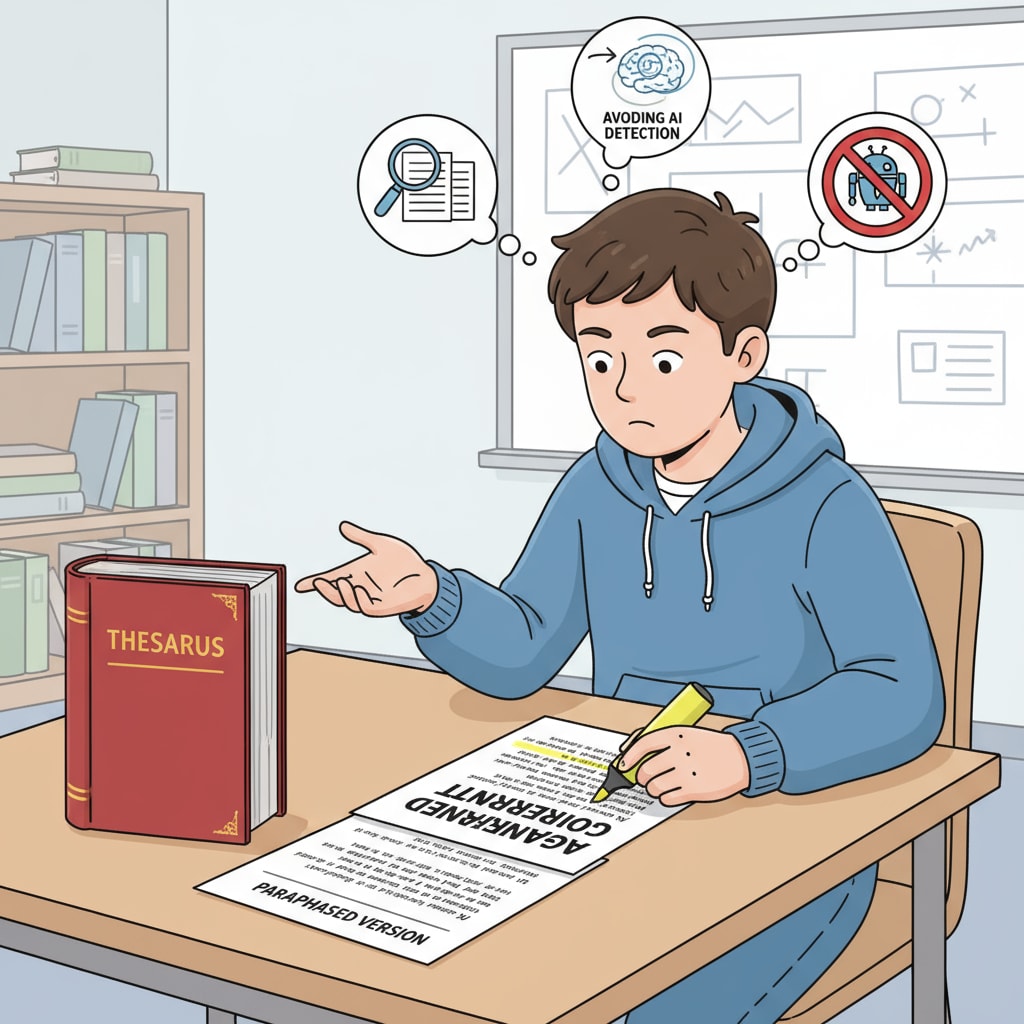AI detectors, manual input, and content paraphrasing have become hot topics in the realm of education, especially as AI technology continues to penetrate various aspects of academic life. The rise of AI has brought both opportunities and challenges, with students finding ways to bypass AI detectors, which raises serious concerns about academic integrity.
The Phenomenon of Bypassing AI Detectors
With the increasing use of AI in writing assistance, students are exploring methods to avoid detection. Manual input of AI-generated content is one such strategy. Instead of simply copy-pasting, students type out the AI-generated text. This is believed to make it harder for detectors to identify the origin of the content. For example, some students think that by manually entering the words, the flow and patterns might be different from a straightforward copy-paste job. However, the effectiveness of this method remains debatable. According to Wikipedia’s page on artificial intelligence in education, while manual input might change some surface-level features, advanced AI detectors can still analyze the underlying language patterns and semantic structures.

Content Paraphrasing as a Defense
Content paraphrasing is another common approach students take. They rewrite the AI-generated content in their own words, hoping to evade detection. This involves changing sentence structures, using synonyms, and rephrasing ideas. But detectors are also evolving. They can now recognize when the overall meaning and source concepts remain the same despite the paraphrasing. As stated in this Educause article on detecting AI-generated content, modern detectors are trained to handle various forms of paraphrasing.

The implications of these evasion methods are significant for the K12 education assessment system. If students can successfully bypass detectors, the fairness of evaluations is at stake. Teachers rely on assessments to gauge students’ understanding and progress. If AI-generated content goes undetected, it gives an inaccurate picture of students’ abilities. Moreover, in terms of students’ writing skills development, constantly relying on AI and evading detection means they miss out on the opportunity to truly improve their writing. Writing is a crucial skill that helps students express ideas, think critically, and communicate effectively. By avoiding the learning process through cheating, students are not preparing themselves for future academic and professional challenges.
Readability guidance: This article uses short paragraphs to clearly present ideas. Each section focuses on a key aspect related to AI detectors, manual input, and content paraphrasing. Transition words like “however” and “moreover” are used to connect thoughts. Lists are not used extensively here as the content is more discursive, but the ideas are presented in a logical sequence for better understanding.


